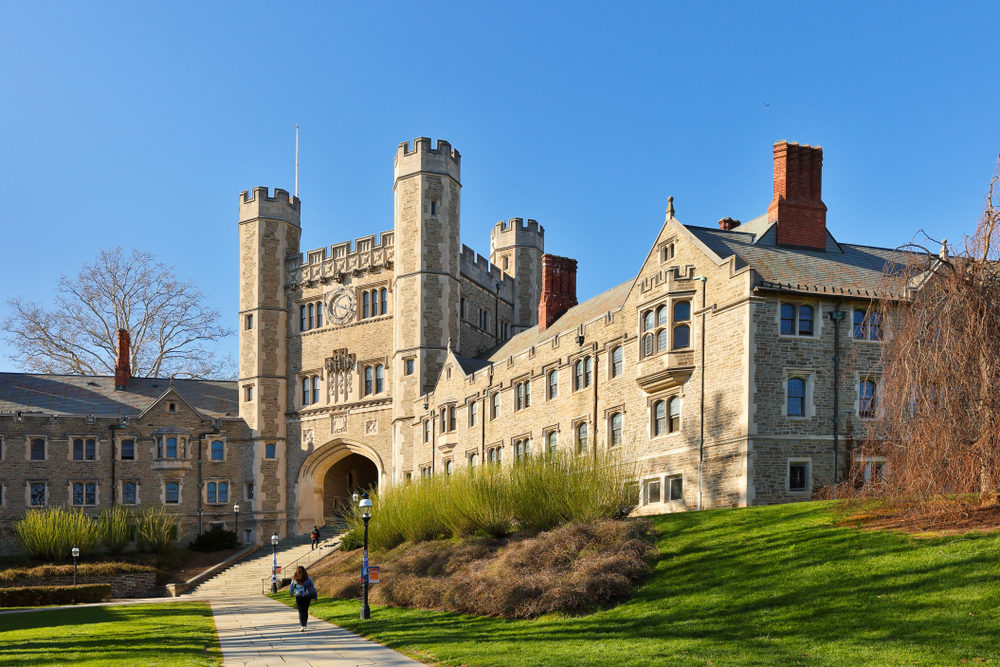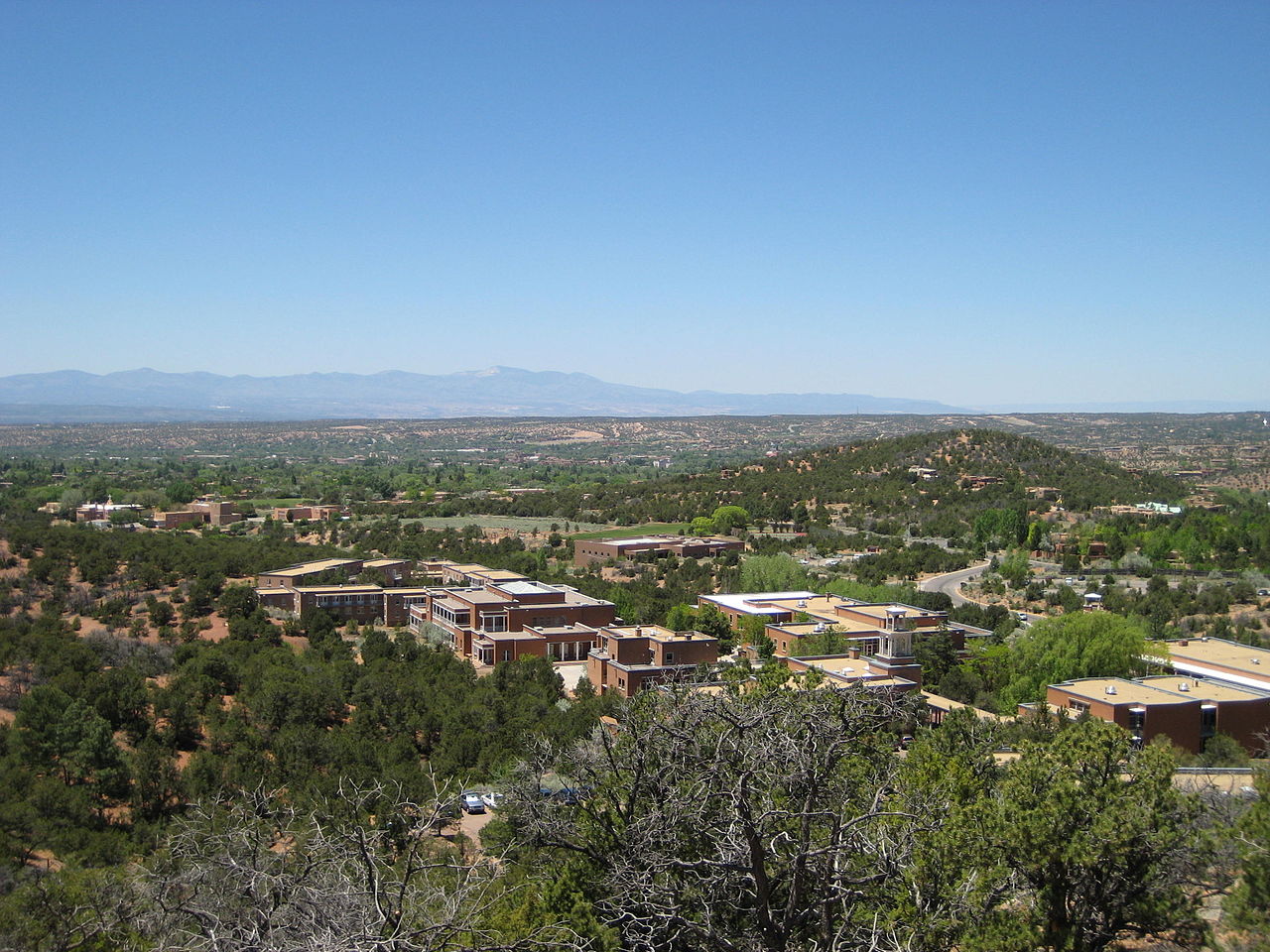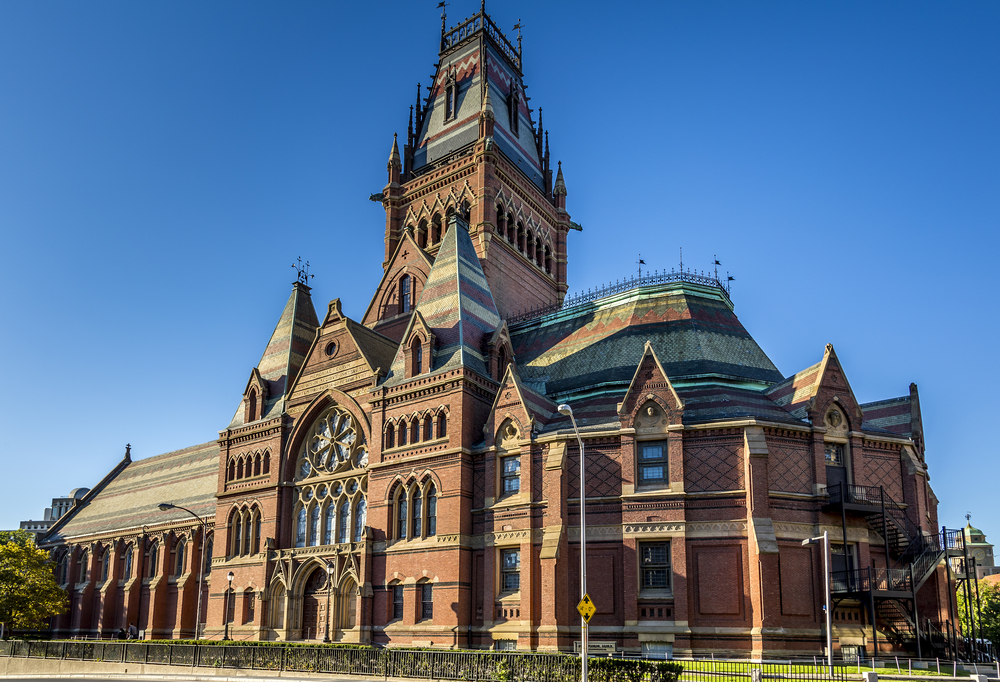
Today, going to college after high school is considered the norm—so much so, that it’s hard to believe there was ever a time when higher education didn’t actually exist. Back in the 1600s, college began as a source of education for those going into the ministry.
Years later, the schools grew to focus on a broader range of studies, including medicine and law, and eventually agriculture and engineering. In the beginning, college was only an option for men, and for a long time, there weren’t many schools throughout the country. Higher education has come a long way since then. Here’s a look at some of the oldest universities in the U.S.—their campuses and classrooms contain a whole lot of history.

Brown University
- Established in 1764
- Location: Providence, Rhode Island
In 1764, Brown became the first college in the U.S. to admit students regardless of their religious background. In 1891, they started allowing women into the school. It was also one of the doctoral-granting colleges in the country.

Columbia University
- Established in 1754
- Location: New York City, New York
Back in 1754, Columbia University was called King’s College. It was renamed Columbia in 1784 after the American Revolution, and is the oldest college in New York. The school has many notable alumni, including Alexander Hamilton, Robert R. Livingston, and John Jay.

Washington and Lee University
- Established in 1749
- Location: Lexington, Virginia
Washington and Lee was named after two important men in American history: George Washington (who gave a donation of $20,000 in 1796) and Robert E. Lee. It was originally called Augusta Academy.

Princeton University
- Established in 1746
- Location: Princeton, New Jersey
In 1746, Princeton was founded as the College of New Jersey. In 1756, the college was moved to Princeton, New Jersey, which is when the name was changed. Like many other Colonial Colleges, it was first opened to train ministers, but today, it’s one of the most prestigious universities in the country.

University of Delaware
- Established in 1743
- Location: Newark, Delaware
In 1743, a petition created by the Presbytery of Lewes to create an educated clergy caught the attention of Rev. Dr. Francis Alison, who opened a school in New London, Pennsylvania. In 1765, it was relocated to Newark, Delaware.

Moravian College
- Established in 1742
- Location: Bethlehem, Pennsylvania
In 1742, Moravian became the first boarding school for young women in the American colonies when it was founded by a 16-year-old named Countess Benigna von Zinzendorf. A men’s version of the school was founded in the same year. In 1954, both the men’s and women’s schools combined to form Moravian.

University of Pennsylvania
- Established in 1740
- Location: Philadelphia, Pennsylvania
In 1740, Penn was founded with a slightly different idea in mind: Evangelist George Whitefield wanted to build a Philadelphia charity school that was also a house of worship for his followers. The original project went unfinished for a decade due to lack of funds, but in 1749, Benjamin Franklin helped get the school going again, and in 1751, the doors were opened again as the Academy and Charitable School in the Province of Pennsylvania.

Yale University
- Established in 1701
- Location: New Haven, Connecticut
Although it was founded in 1701, Yale can be traced back to the 1640s, when colonial clergymen wanted to found a college to preserve the tradition of European liberal education in what would later become America. The charter wasn’t granted until 1701, and it became Yale College in 1718.

St. John’s College
- Established in 1696
- Location: Annapolis, Maryland
In 1696, St. John’s College was founded as King William’s School and was a grammar/prep school. It took a century before it was chartered as St. John’s College.

The College of William & Mary
- Established in 1693
- Location: Williamsburg, Virginia
The second oldest college in America, the original plans for W&M can be traced all the way back to 1618—they never went through because of an “Indian uprising.” In 1693, King William III and Queen Mary II of England signed the charter for the school, which went on to become William & Mary.

Harvard University
- Established in 1636
- Location: Cambridge, Massachusetts
There are many reasons why Harvard is widely considered to be the most prestigious school in the country, but for starters, it was the first official college in the United States. It was named after John Harvard, who donated a large sum of money and a massive library of books to the school.



























































